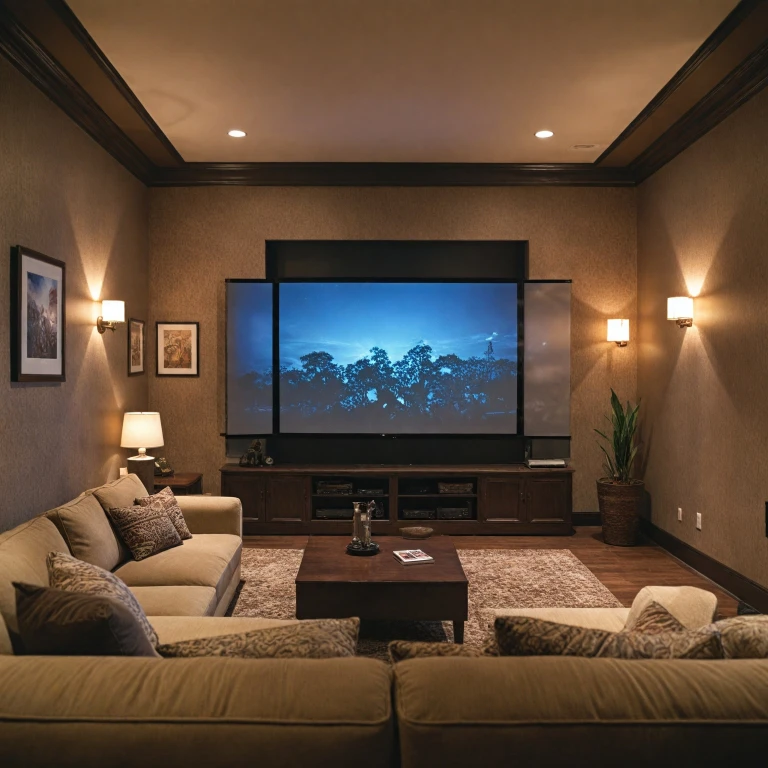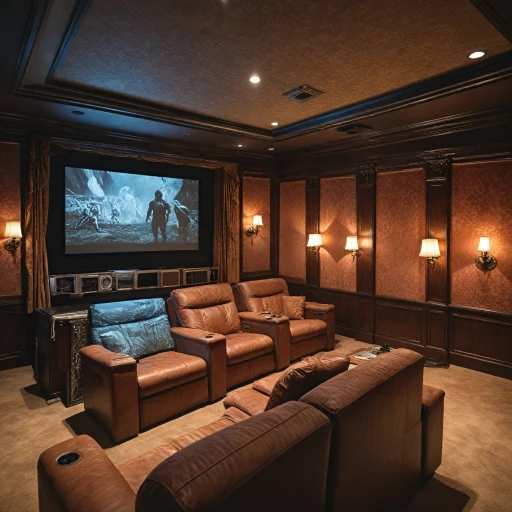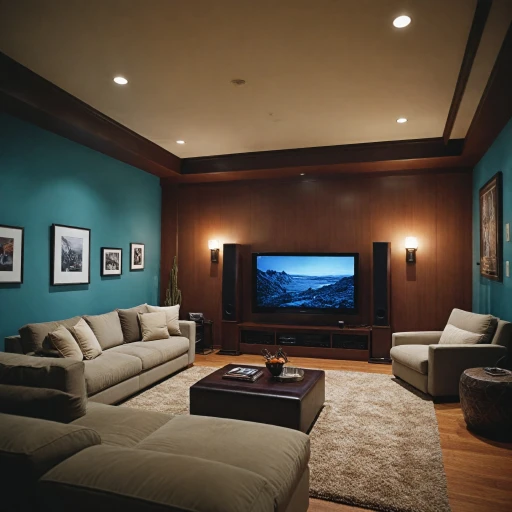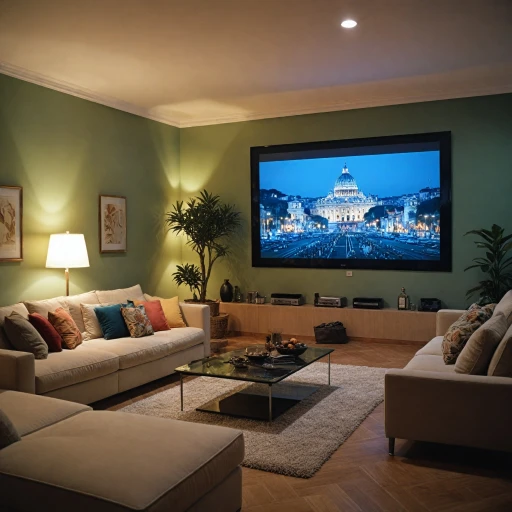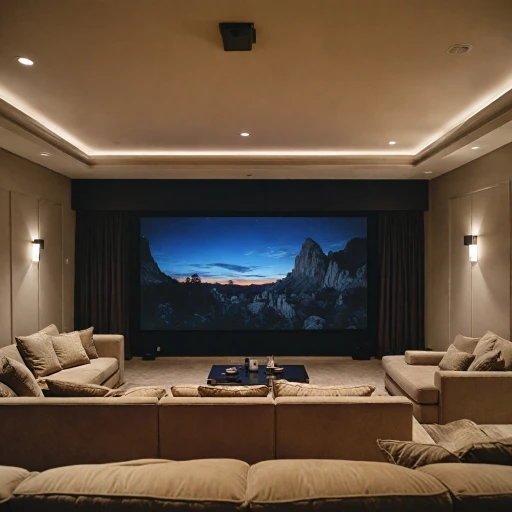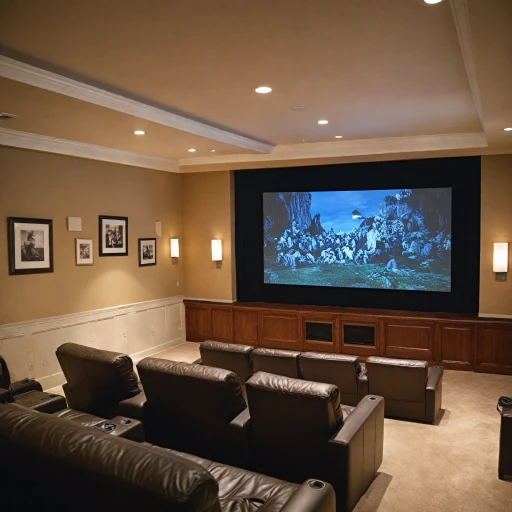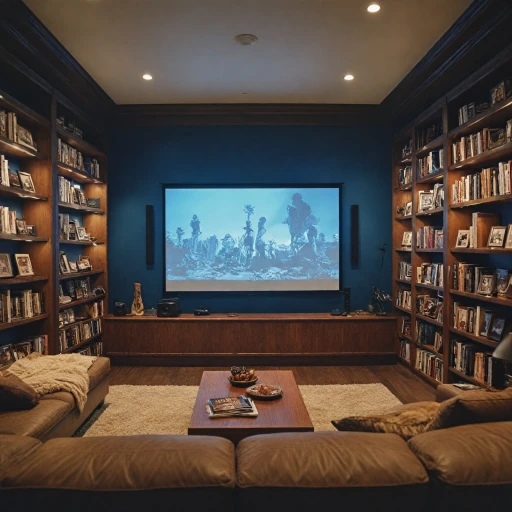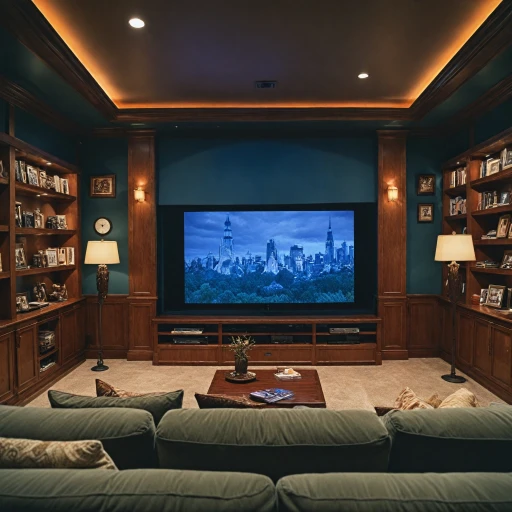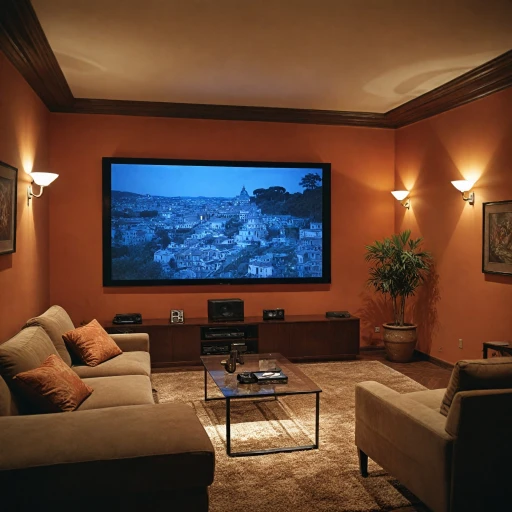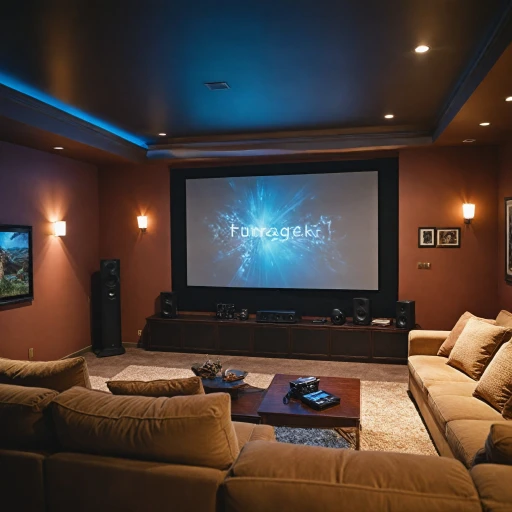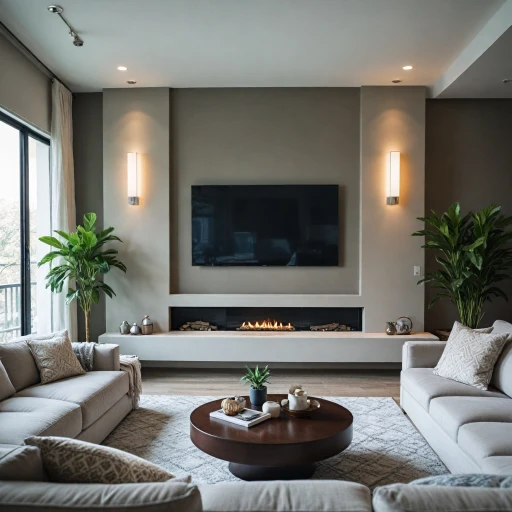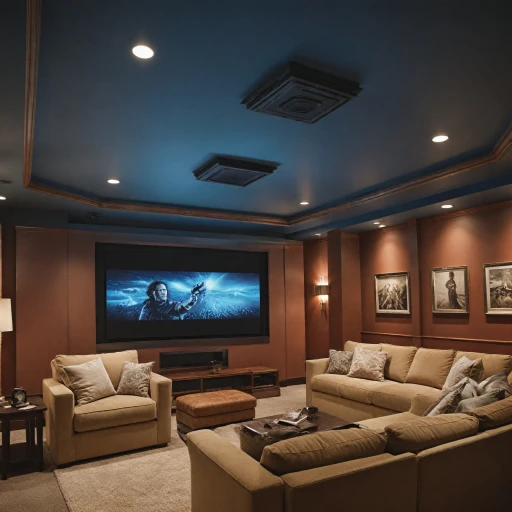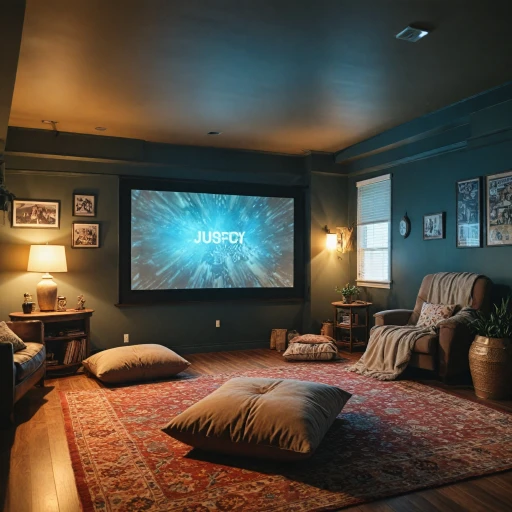
Understanding Image Quality
Evaluating Image Fidelity
When diving into the choices available between projector screens and walls in a home theater setting, understanding how each option affects image fidelity is paramount. Let's explore how different surfaces can impact your viewing experience and which may offer superior image quality. First, the surface on which the image is projected plays a crucial role. Projector screens are specially designed to enhance image quality by providing a smoother surface and better reflectivity. This feature makes screens particularly effective in improving the accuracy of colors, sharpness, and overall clarity. Many projector screens, like ALR screens, are engineered to reduce the impact of ambient light, delivering a high-quality picture even in less-than-ideal lighting conditions. On the other hand, projecting onto a wall may lead to some sacrifices in quality. A plain white wall can seem like a budget-friendly alternative, but its texture and finish might disrupt the image's clarity. Walls, unless treated with specialized screen paint, typically lack the reflective qualities needed to achieve optimal visual results. Screen paint can significantly enhance a wall's performance by improving its reflective properties; however, it might still fall short compared to a dedicated projection screen. For instance, ultra short throw projectors paired with high-quality screens can create an exceptional cinematic experience. These screens are often designed to maximize image brightness and clarity, paving the way for an immersive home theater setup. Ultimately, while walls can serve as a convenient and cost-effective solution, those seeking the best image quality are more likely to find satisfaction in using projector screens. A keen assessment of your specific needs and room conditions will guide the decision in aligning with your desire for high-quality viewing sessions. Explore more tips on enhancing your setup: Enhancing your home theater with a ceiling-mounted projector screen.Installation and Setup
Setting Up and Achieving the Best Viewing Experience
When it comes to setting up your home theater, the choice between screens and walls for projection is crucial to optimize your viewing experience. A projector screen usually offers a high-quality image, designed to enhance brightness and contrast. Screens are purpose-built to handle projected light more effectively than a plain wall, which can be compromised by texture and color. To start, consider the installation process. A wall-mounted projection screen is typically straightforward, but it requires ensuring adequate space in your room. On the other hand, white screens or alr screens are designed to provide the best experience by reflecting light optimally, making even regular white walls less effective for wall projection. If you're opting for wall projection, screen paint is an alternative choice that can improve the image quality but might not match the high quality of an advanced projector screen. It’s important to analyze whether an ultra short or short throw projector will suit the installation space better, particularly under conditions of ambient light. Place emphasis on the lighting conditions of the room. Ambient light strongly affects how an image is viewed, potentially requiring additional equipment like led panels to compensate for losses in contrast and to maintain image quality. For maintaining the integrity of your equipment and surroundings, remember that installing a projector requires careful planning. Considering portable screens might be necessary if flexibility is a priority or if the space has multipurpose usage. Finally, achieving an optimal viewing experience is not only about installation but also selecting the right combination of equipment. For more insights on ensuring high-quality projection, enhancing your viewing experience with advanced screens like the Aeon CLR 3 can result in significant improvements.Cost Considerations
Evaluating Financial Implications
When weighing the cost considerations between using a projector screen or a plain wall for your home theater, several factors play a crucial role in your decision-making process. Understanding these factors will ensure you make a purchase that delivers the best value for your money. A dedicated projector screen often comes with a higher initial price tag than using a wall. The screen provides enhanced image quality, particularly in handling ambient light conditions, offering a superior viewing experience. High-quality projector screens can range from a few hundred to several thousand dollars, depending on their features like ALR screen capabilities and screen size. On the other hand, a simple white wall or painted surface might seem more economical upfront. However, achieving high-quality projection on a wall generally requires specific paint, like screen paint, designed to improve the image quality of projections. The expense involved in purchasing and applying this specialty paint can add up, narrowing the cost gap between screens and walls. Here's a brief financial comparison:- Screen Costs: Dedicated screens often start from $200 and can escalate based on features and size.
- Paint and Wall Prep Costs: Good screen paint can range around $100-$150, plus additional costs for surface preparation.
Aesthetic and Space Impact
Visual Appeal and Space Utilization
When it comes to creating a home theater, the aesthetic and spatial impact of your choice between a projector screen and a wall can significantly influence your viewing experience. A dedicated projector screen often provides a more polished look, with its sleek design and ability to blend seamlessly into a room's decor. Screens are available in various styles, such as fixed-frame, retractable, or even portable screens, allowing for flexibility in how they are integrated into your space.
On the other hand, using a wall for projection can offer a minimalist approach, especially if you have limited space. A white wall or a wall painted with specialized screen paint can serve as a cost-effective solution, though it might not deliver the same high-quality image as a dedicated screen. The texture and color of the wall can affect the image quality, potentially leading to a less vibrant viewing experience.
Lighting and Ambient Considerations
Lighting plays a crucial role in the effectiveness of both screens and walls. Projector screens, particularly those designed with ambient light rejection (ALR) technology, are better equipped to handle rooms with higher levels of ambient light, maintaining image clarity and contrast. In contrast, walls may struggle to deliver the same quality under similar conditions, as they lack the specialized coatings that enhance image quality.
For those with ultra short throw or short throw projectors, the choice between a screen and a wall can also impact how the projector fits into the room. Screens can be wall-mounted or ceiling-mounted, optimizing space and ensuring the projector's placement does not interfere with the room's layout. Walls, while offering a more straightforward setup, might require more careful consideration of projector placement to avoid obstructions and ensure the best possible image.
